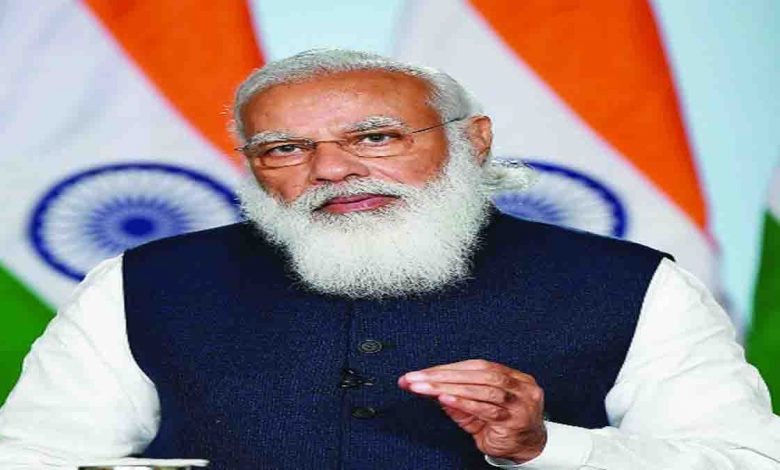The right path

Modi’s plans and policies speak volumes about his intention to empower the ‘real’ farmers at the grassroots
Thousands of farmers in India die by suicide every year as they see no option to get out of the debt trap. The poor and marginal farmers depend upon loans for purchasing seeds, fertilisers, pesticides, irrigation and even harvesting. Most of these growers find it more convenient to borrow at heavy interest rates from moneylenders or big cultivators rather than from banks, thanks to the cumbersome paperwork and the broker-bank officials’ nexus. However, these deaths, as recorded by the National Crime Records Bureau (NCRB), fail to shake the collective conscience of society and are just another figure for most of us. Ironically, there is no outcry, no borders are sealed, no tractor rallies organised, no national monuments sieged, no violence. This is because these deaths don’t affect the interests of the politically connected and powerful “arhatiya” community that drives the Agricultural Produce Marketing Community (APMC) in Punjab, Haryana and parts of Western Uttar Pradesh. This strong community is at loggerheads with the Government over three new agri laws for shielding its own interests. Prime Minister Narendra Modi recently endorsed the provisions made for the agriculture sector in Budget 2021-22 and reiterated that the Government is working for small and medium-level farmers.
One might argue that Modi is not concerned about the farmers camping at Delhi’s borders and project him as “anti-farmer” and “pro-corporate”, but his plans and policies speak volumes about his intention to empower the “real” farmers at the grassroots. The Prime Minister has said that India needs to expand its agriculture sector to the global market for processed food. He also emphasised that the number of agro-industry clusters near villages should be increased so that the rural populace gets farm-related employment in the vicinity. It is indeed a plan that will likely empower the marginal and small farmers. If the Government succeeds in providing market access to these farmers (small and marginal) beyond mandis, it would prove to be a milestone. Further, the Government has increased the agriculture credit target to Rs 16.50 lakh crore and infrastructure fund to Rs 40,000 crore, besides doubling the micro-irrigation fund. All this proves that the Government is striving to bring systemic changes in the agriculture sector with the focus on empowering the “have-nots” among the farmers. We also would like to see the real farmers get empowered and not the ones with enough resources and money to camp at Delhi’s borders for months and hold the Government to ransom.
Wednesday, 03 March 2021 | Pioneer




